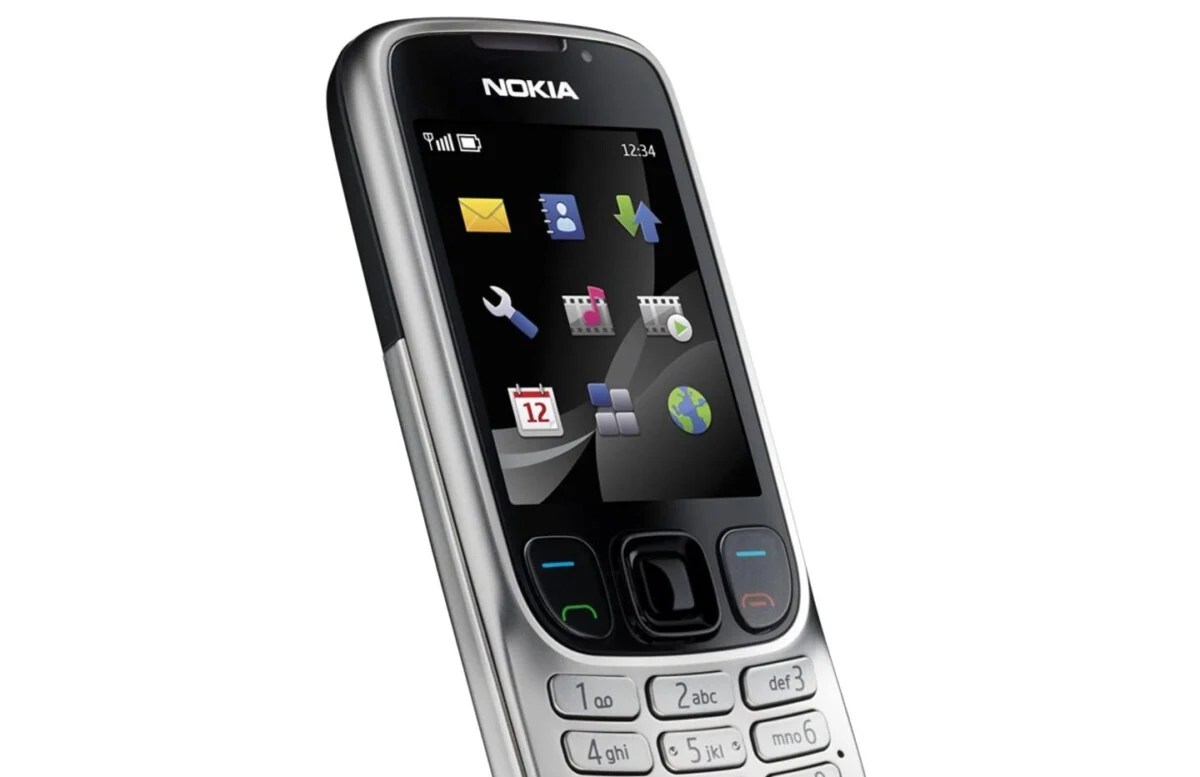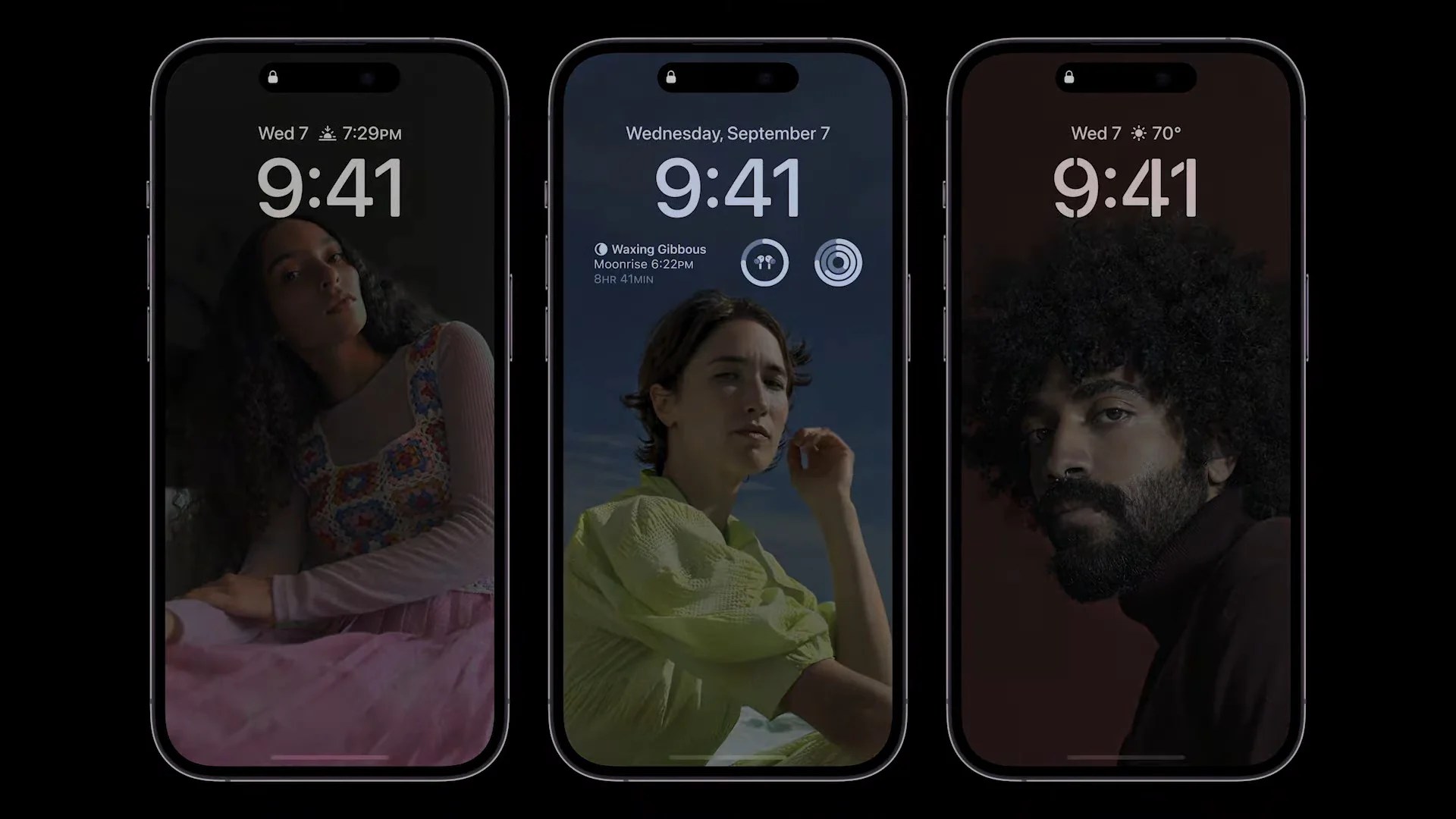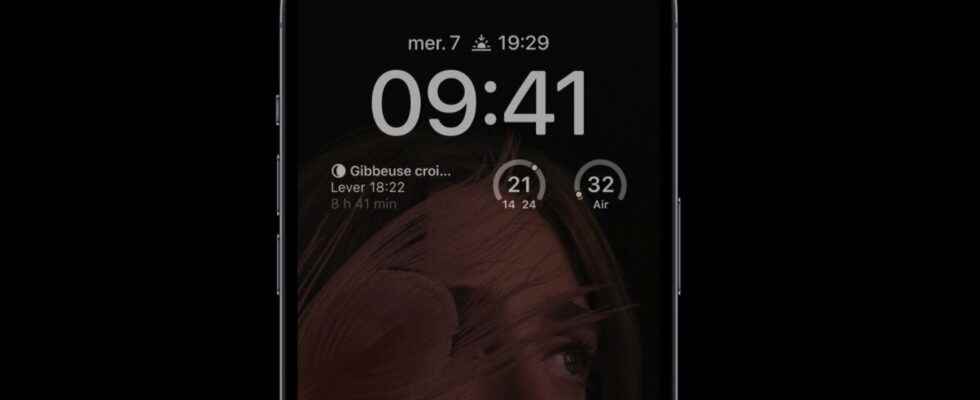Apple has announced the arrival of its “Always on” mode on the iPhone 14 Pro and Pro Max. This is a technology that we have known for a long time on Android. However, at Apple, it works differently.
The Always On Display feature is well known in the Android world. This feature allows the smartphone to continue displaying information while the phone is asleep. Contrary to popular belief, where Samsung is often cited as a reference, the Nokia 6303 was the first device to integrate this technology. It was 12 years ago, in 2009.

The feature was adopted by Nokia phones from 2020, these pre-smartphones ran on the Symbian OS. It was then a Nokia Lumia standard under Windows Phone. Then, Samsung, LG, Huawei and then Google Pixel massively used the Always On Display.
This is a feature that consumes battery, but it benefits from an essential advantage of OLED panels. Indeed, OLED screens turn off their pixels when they display black, so only the necessary pixels are activated. That’s a huge power saving compared to LCD. In addition, various technologies make it possible to limit consumption, so we are talking about 3% additional consumption with this mode activated.
Even though the iPhone X was already equipped with an OLED screen, Apple finally announced its Always On mode on the iPhone 14 Pro and 14 Pro Max. It took Apple 5 years to come up with this Always on mode, sort of.
How does Apple’s “Always on” display work?
As usual, we have listed three borrowed new features, Apple is not a precursor. However, Apple knows how to magnify innovations. This is the case for this function available exclusively on the iPhone 14 Pro and Pro Max.
First of all, you are probably wondering about the limited compatibility of the always on. Apple justifies integrating this mode only on two models, the 14 and 14 Pro Max, because it would require new LTPO technology, as well as a new Display Engine chip on the Apple A16 Bionic. Thanks to the LTPO, the screen of the iPhone 14 and 14 Pro can see its refresh rate drop to 1 Hz. In other words, the screen displays a single image per second. It is not adopted to play a video, nor to navigate in an application… but it is sufficient to display information like an e-reader.
At Apple, always on (always on in French) works by displaying information widgets on the screen without having to turn it on. You can check the weather, calendar information, etc. It works with any wallpaper you use.


The operation therefore differs from what can be done on Android smartphones. Indeed, Android phones usually have a special display with limited information (times, notification, weather, etc.). At Apple, the same screen is displayed, however everything is obscured. The brightness is reduced and the refresh of the display also. You can only customize the information displayed by customizing your lock screen (privacy, widgets, wallpaper, etc.).

Note also that nothing technically prevents Android manufacturers from doing the same. Recent Android smartphones also benefit from a low-temperature polycrystalline oxide (LTPO) screen. LTPO is a backplane technology. The latter does not integrate processors or storage management, but it is a structure that can accommodate the pixels and sub-pixels of the OLED. They are circuits, if you will. In short, we will certainly be entitled to “Always on” Apple-style modes from other brands. On the other hand, who will be the first… Xiaomi? Samsung? Honor? Oppo? Huawei? Nothing? OnePlus?
Where to buy the
Apple iPhone 14 Pro at the best price?
Where to buy the
Apple iPhone 14 Pro Max at the best price?
To follow us, we invite you to download our Android and iOS application. You can read our articles, files, and watch our latest YouTube videos.
